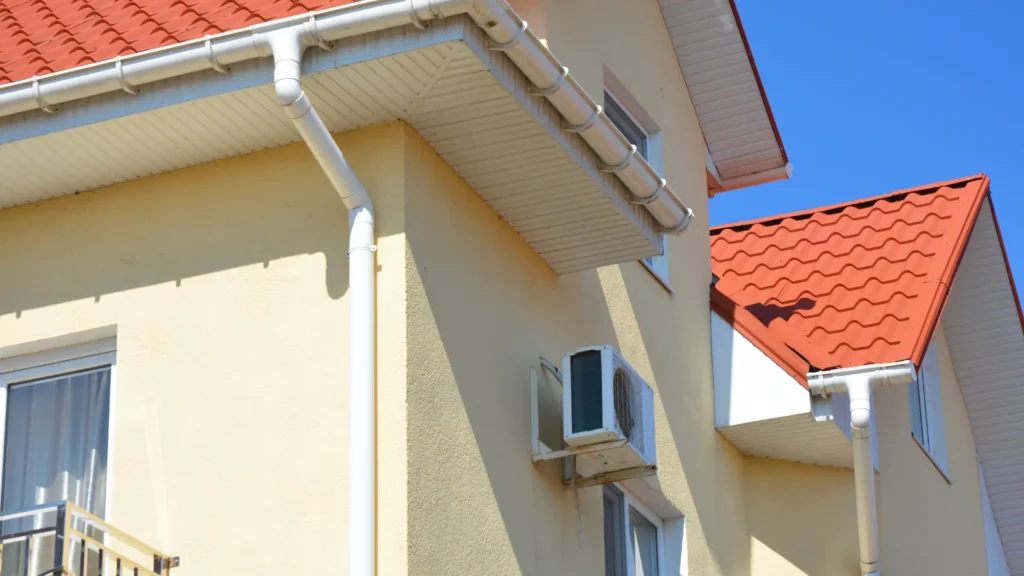Waterstopper Solutions: PVC & Swellable Waterstoppers – Use Cases & Benefits

Every concrete structure has joints—whether in foundations, basements, water tanks, or retaining walls. These joints are often the most vulnerable points where water can seep through. To ensure long-term protection, waterstoppers are used. They act as barriers within the concrete itself, blocking water from passing through critical joints.
Among the different types available, PVC waterstoppers and swellable (hydrophilic) waterstoppers are the most popular. Each has unique advantages, applications, and performance benefits. Let’s take a closer look at how they work and when to use them.
PVC Waterstoppers
What They Are:
PVC (Polyvinyl Chloride) waterstoppers are flexible profiles placed in concrete joints. They are commonly ribbed or have central bulbs to allow slight movement while maintaining a watertight seal.
How They Work:
During casting, part of the PVC strip is embedded in the first pour and the other part is held for the next pour. Once the concrete hardens, the PVC acts as a continuous diaphragm across the joint, stopping water infiltration.
Where They Are Used:
- Basements and underground walls
- Tunnels, culverts, and subways
- Dams, canals, and water reservoirs
- Retaining walls and bridges
- Industrial plants with chemical exposure
Key Benefits:
- Long-lasting and durable
- Can accommodate small joint movements
- Resistant to many chemicals
- Easily welded into continuous lengths
- Cost-effective for large projects
Limitations:
- Requires skilled installation and alignment
- Does not bond chemically with concrete
- Not suitable for retrofitting in old structures
Swellable (Hydrophilic) Waterstoppers
What They Are:
Swellable waterstoppers are strips made from rubber or polymers that expand on contact with water. When they swell, they seal gaps and prevent water from penetrating through the joint.
How They Work:
These strips are fixed along the joint surface. When exposed to moisture, they expand several times their original volume, filling any voids or cracks and forming a watertight barrier.
Where They Are Used:
- Construction joints in basements and slabs
- Precast panel joints
- Manholes and utility structures
- Retrofit works where PVC waterstops can’t be installed
- Smaller joints with limited space
Key Benefits:
- Simple and quick installation
- Self-sealing ability fills minor voids
- Effective in irregular or rough joints
- No welding or special tools needed
Limitations:
- Works best in non-moving joints only
- Performance can reduce over repeated wet/dry cycles
- May not resist aggressive chemicals unless specially formulated
Choosing the Right Waterstop
Both PVC and swellable waterstoppers play important roles in waterproofing. The choice depends on project needs:
- PVC Waterstoppers: Best for large structures, joints with movement, and long-term durability.
- Swellable Waterstoppers: Ideal for retrofit works, small joints, or where easy installation is needed.
In many modern projects, both types are used together to provide layered protection.
Best Practices for Installation
- Always clean and prepare the surface before installation.
- Secure PVC waterstops firmly to reinforcement to prevent displacement during concrete pour.
- For swellables, ensure they are dry before pouring concrete and allow space for expansion.
- Check splices, corners, and overlaps to maintain continuity.
- Combine waterstoppers with other waterproofing systems for maximum effectiveness.
Conclusion
Waterstoppers may seem like small components, but they play a big role in ensuring a structure remains watertight and durable. PVC waterstoppers offer strength and longevity, while swellable waterstoppers provide flexibility and ease of application.
At Midas Waterproofing, we specialize in selecting and installing the right waterstop solutions for each project. With the right approach, you can prevent costly leaks and protect your structure for decades.
